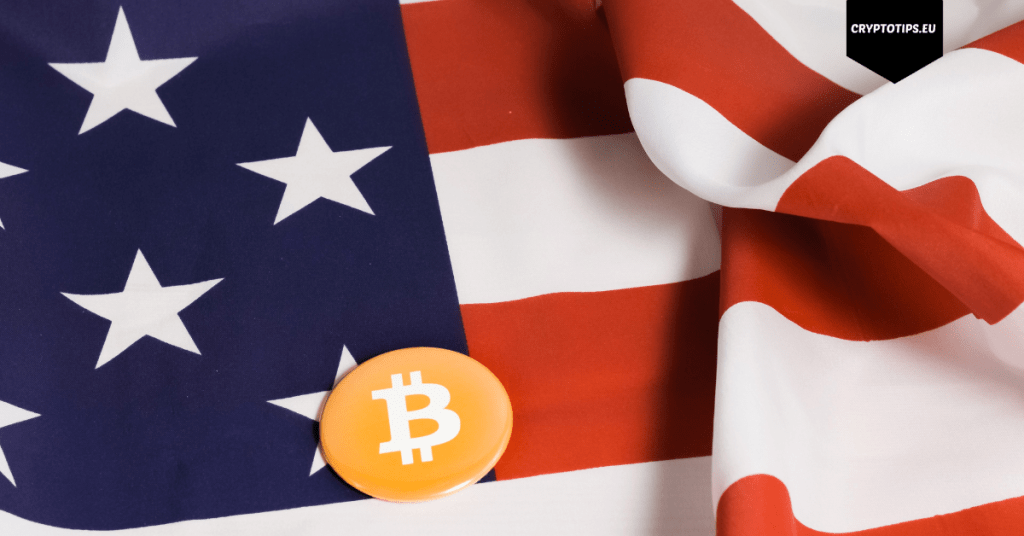The U.S. investigates a national Bitcoin reserve and new stablecoin regulations
Last Updated on 5 February 2025 by CryptoTips.eu
The U.S. government is taking a major step toward integrating crypto into the financial system. David Sacks, Trump’s special advisor on AI and crypto, also known as the “Crypto King”, calls the evaluation of a national Bitcoin reserve a priority. This plan was already on President Trump’s list of campaign promises and is now being further examined by the Digital Asset Markets Task Force.
Additionally, the administration aims to tighten stablecoin regulations and bring the market to the U.S. Sacks sees stablecoins as a powerful tool to digitally expand the dominance of the U.S. dollar.
JUST IN: 🇺🇸 President Trump's Crypto Czar David Sacks says they are evaluating a Bitcoin Reserve. pic.twitter.com/rDvgIs7dly
— Watcher.Guru (@WatcherGuru) February 4, 2025
Stablecoins as the digital dollar
According to Sacks, the stablecoin market is growing explosively, but most trading volume still takes place offshore. The U.S. government wants to change this by introducing regulations that keep stablecoin issuers within the country.
The stablecoin market has now grown to $227 billion, with 97% consisting of dollar-backed stablecoins such as USDT and USDC. USDT alone holds more than 60% of the total stablecoin market capitalization.
Sacks sees stablecoins as a way to increase demand for U.S. Treasury bonds. “It could potentially create trillions of dollars in new demand for U.S. Treasuries, which would help support the national debt and lower long-term interest rates,” he stated.
JUST IN: 🇺🇸 President Trump's Crypto Czar David Sacks says stablecoins have the potential to ensure the US dollar dominance internationally. pic.twitter.com/yU5BTa25k6
— Watcher.Guru (@WatcherGuru) February 4, 2025
Regulation and legislation on the way
Interest in crypto regulation is growing within U.S. politics. The chairmen of the House Financial Services Committee, House Agriculture Committee, and Senate Agriculture Committee have announced that they will revisit the Financial Innovation and Technology Act (FIT21).
Senator Bill Hagerty also introduced a bill that places stablecoin issuers under the supervision of both state agencies and the Federal Reserve and the Office of the Comptroller of the Currency (OCC). A legal framework for digital assets is expected to be in place within six months.
Sacks emphasized that the U.S. government does not want to lose innovation to other countries: “Financial assets are destined to become digital, just as all analog industries have.”
With a potential Bitcoin reserve, a growing stablecoin market, and new regulations, the U.S. appears to be positioning itself as a leader in the digital financial revolution.
